A World War II Vickers Wellington bomber has been restored to its former glory after 12½ years of conservation at the Royal Air Force Museum Midlands (Cosford)*.
The Wellington, one of only two remaining in the UK (the other is at Brooklands Museum), was finally moved last week (19 April) from the Conservation Centre at Cosford into the public display hangar where it will now be the centre piece of a new Bomber Command exhibition opening in May.
The fuselage and inner wings section can now be viewed by visitors, while the remaining work of attaching the huge 31ft outer wings, engines, propellers and front turret to the aircraft will be carried out over the next few weeks. Members of the public will be able to view some of the final steps towards its completion as the Museum’s Conservation team work within the hangar.
The Wellington was widely used as a night bomber in the early years of the Second World War, and is famous for its geodetic lattice fuselage structure designed by Barnes Wallis.
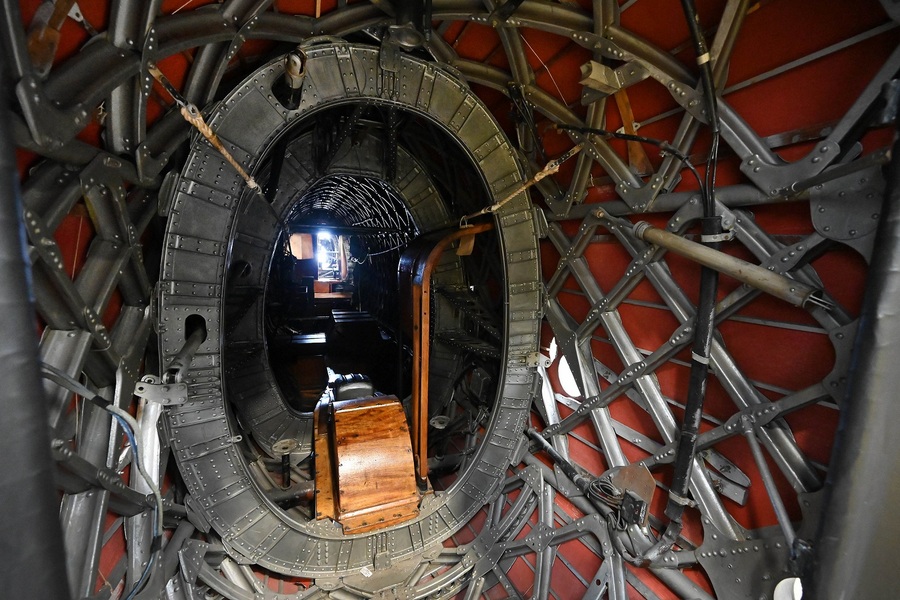
By 1942 Wellingtons were the most numerous aircraft in Bomber Command. They began to be replaced by more capable four-engined heavy bombers such as Halifaxes and Lancasters. Wellingtons continued to operate with Bomber Command as a training aircraft and served in North Africa, Italy, the Far East and Coastal Command.
This particular Wellington was a v.10 Bomber (“B-X”) variant, delivered to the RAF in 1944, but converted after the war in 1948 to a T-10 Training variant, which involved removing the front gun turret. It served with No. 1 Air Navigation Training School between 1949 and 1953 and made its final flight in 1955. It was then put into storage and later, in the early 70s, was taken under the wing of the RAF Museum, who restored its front turret & B-X status, and put it on display at RAF Museum Hendon.
After almost 40 years on display at the Museum’s site in London, the aircraft was transported by road to the Museum’s Conservation Centre at Cosford for work treating corrosion to its structure and a complete replacement of its fragile Irish linen outer skin. This sets it apart from its sibling at Brooklands, which is only partially ‘skinned’.
The extensive restoration of the Wellington is one of the largest aircraft projects to be undertaken by the Museum’s Conservation Centre team. Work has been carried out by Technicians, Apprentices and a team of Volunteers**, including one Volunteer who previously worked on Wellingtons during his RAF instructional airframes training more than half a century ago. During the conservation process the Wellington was regularly visited by the late Mary Stopes-Roe, daughter of the aircraft designer Barnes Wallis.
The final stages of the project (attaching wings, engines, etc) will be completed within the next few weeks, in time for the Bomber Command exhibition opening on 16 May.
The Museum is open daily from 10am and admission is free. You can pre-book your arrival time online at rafmuseum.org/midlands.
* These days they like to call it the ‘RAF Museum Midlands’, which is akin to calling Luton Airport ‘London Luton’! For me, it is RAF Museum Cosford.
** RAF Cosford is still an operational RAF station and still an important Engineering Centre, part of the Defence School of Aeronautical Engineering. The base is shared with the museum and the Cosford Airshow.

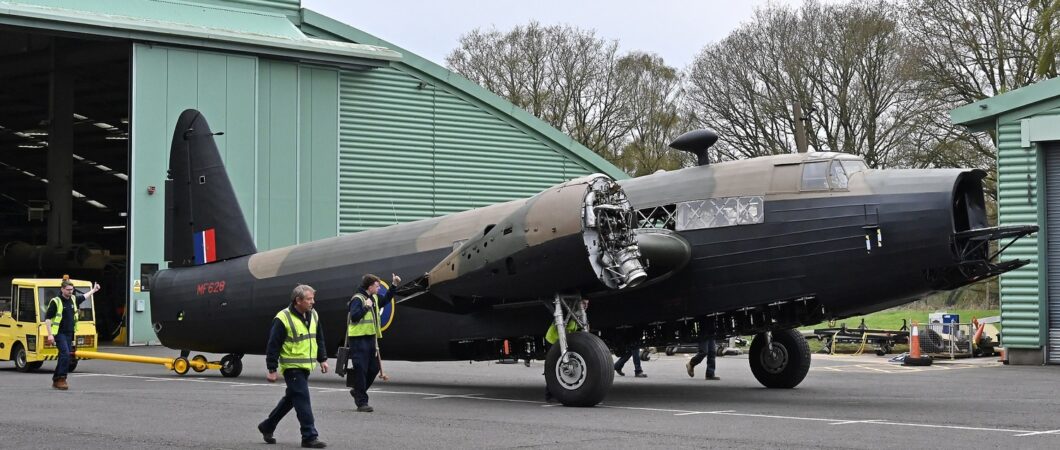
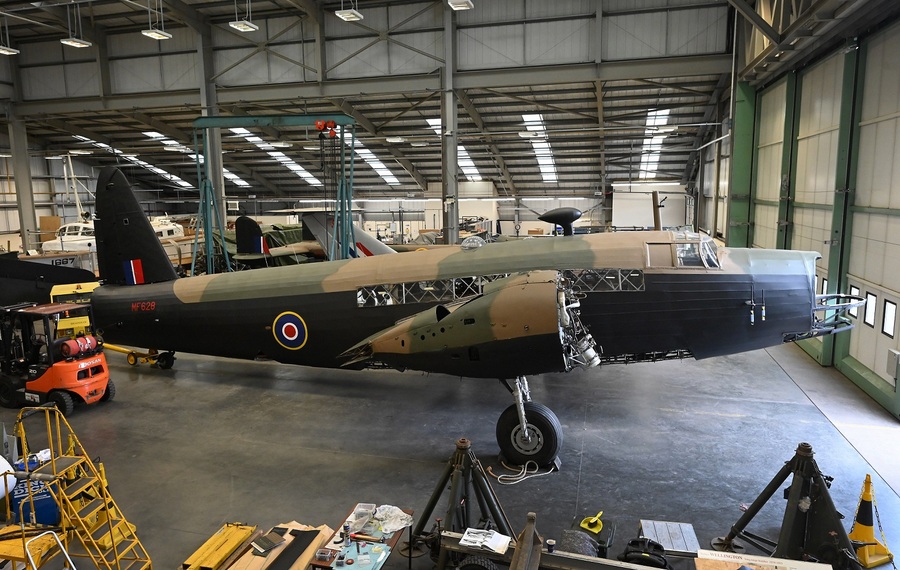
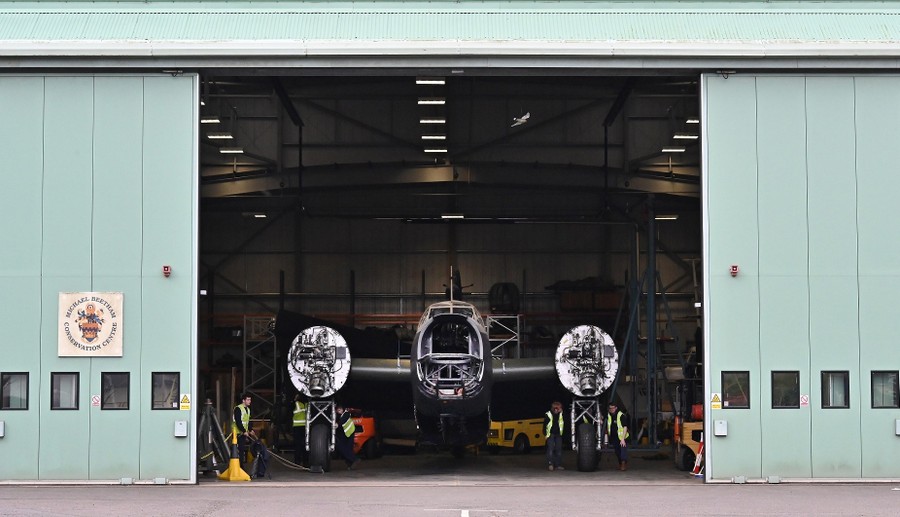
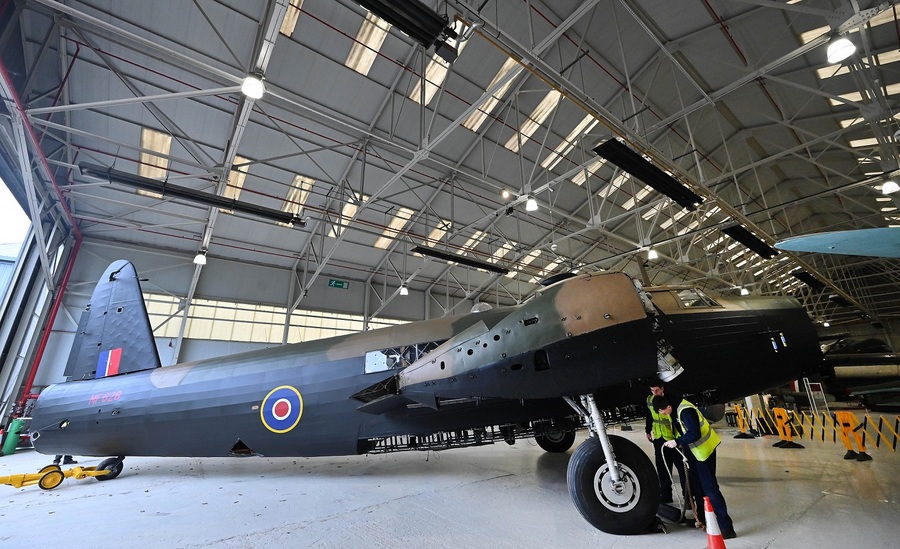



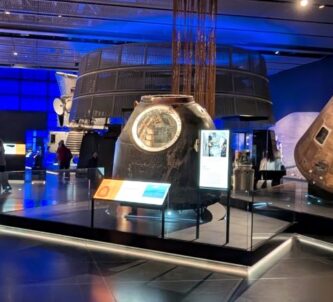
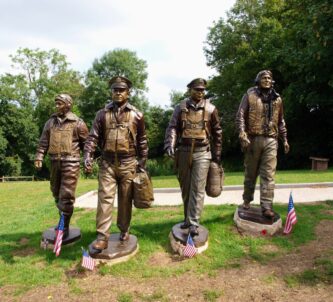

My dad was a Polish pilot , Ludwik Maciej, (service number 792369) and flew 13 sorties on a Wellington bomber Mk 1c and on the 12 june 1941 he ditched in the North Sea , picked up by German Air Sea rescue.
You may read the history in English by entering on Google as LUDWIK MACIEJ and read on wikipedia.
Polish Squadron 300 was the first Polish squadron formed at Bramcote and stationed at Swinderby.
Sylwester Maciej, his son.
How interesting, Sylwester. You must be very proud of him. 🙂
My dad was a navigator on Wellington bombers. His aircraft crashed into the Irish sea on his way back from his mission. Because of damage to his eardrum he couldn’t fly so became an instructor.😍
Hi Susan, I imagine he was pretty happy to be taken off combat/flying duty?